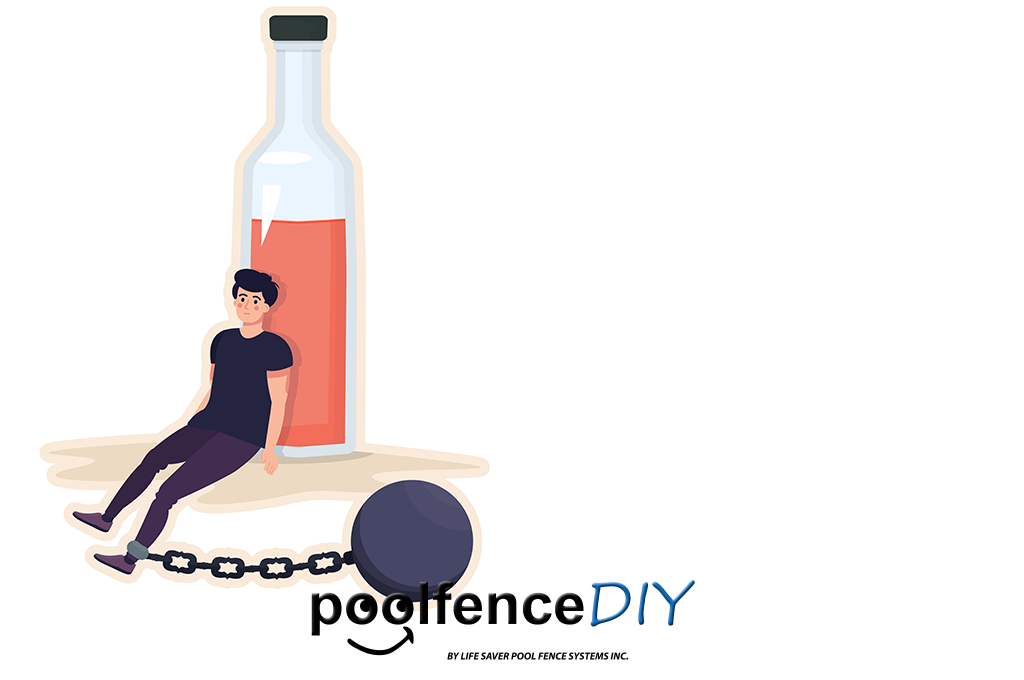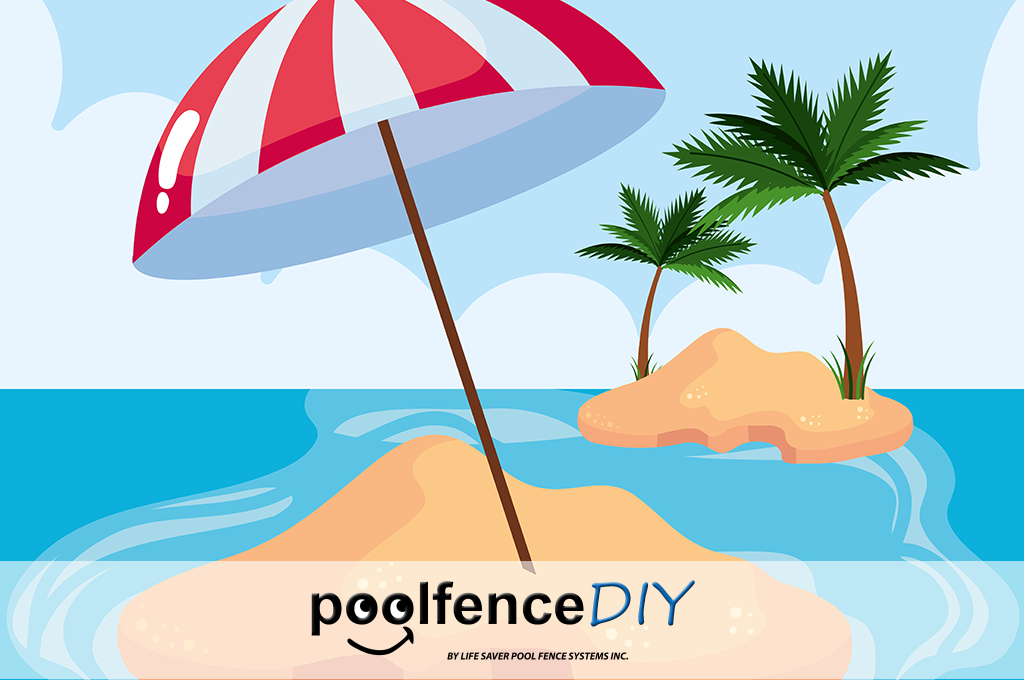Tween and Teen Safety for Winter

Tween and teen safety for winter is critical. As winter wraps its icy fingers around us, it's time to gear up for a whole new set of challenges. While snowball fights and cozy nights by the fire are on the agenda, there's one thing we often overlook – water safety for our tweens and teens during the colder months. Let's dive into some urgent tips to keep our kids safe when winter throws its chill our way.
Tween and Teen Safety for Winter: The Frozen Temptation
Winter brings with it the irresistible allure of frozen lakes and ponds. But, as tempting as it might be to channel your inner ice skater, it's crucial to recognize the risks. Frozen water surfaces can be deceptive. Without proper precautions, they can quickly turn from a winter wonderland to a danger zone.
According to the American Red Cross, many water-related accidents occur in winter when individuals underestimate the thickness of ice on bodies of water, leading to potentially life-threatening situations. To learn more, read our detailed blog about recognizing thin or cracked ice.

Tween and Teen Safety for Winter: Layers Beyond Clothing
Wanting to keep our teens warm is a no-brainer, but what about their safety when they decide to venture onto frozen lakes for some winter fun? It's not just about bundling up in layers; it's about protecting yourself with layers of precaution.

Rule of Thumb for Ice Thickness
Make sure your teens are equipped with this crucial nugget of wisdom: the thickness of ice should be at least four inches for a single person and at least seven and a half inches for a group of people engaging in recreational activities. And remember, ice is never 100% safe. So, as always, it is better to err on the side of caution.
Life Jackets Aren't Just for Summer
If your teens are heading out for some ice fishing or winter sports on frozen lakes, make sure they're sporting more than just trendy winter gear. Instead, insist on life jackets. It might seem like an odd sight on a frozen surface, but when it comes to water safety, it’s better to be safe than sorry.
The U.S. Coast Guard emphasizes the importance of life jackets in any situation that involves frozen water, especially for non-motorized activities like ice fishing or skating. To learn more, read our blog about choosing the right floatation device.
Staying Informed
As parents, it's crucial to stay informed about local weather conditions and advisories. Be aware of changes in temperature, recent thaws, and any warnings from local authorities. Your teens might not always think to check, so it's up to us to keep them in the loop. Before they leave home, be sure to check the temperature and whether it will be snowing.
Winter brings its own set of challenges, especially when it comes to water safety for our tweens and teens. By instilling a sense of responsibility and arming them with knowledge, we can help keep their winter adventures both fun and safe. So, let's make this winter a season of joy and worry-free family moments by prioritizing teen safety for winter.
Remember, being cool in winter isn't just about the latest fashion trends. Especially for tweens and teens, making smart choices is important. When it comes to tween and teen safety for winter, staying safe and sound is priority. Above all, stay warm and stay informed. With some proper preparation, the winter wonders will unfold with peace of mind!




